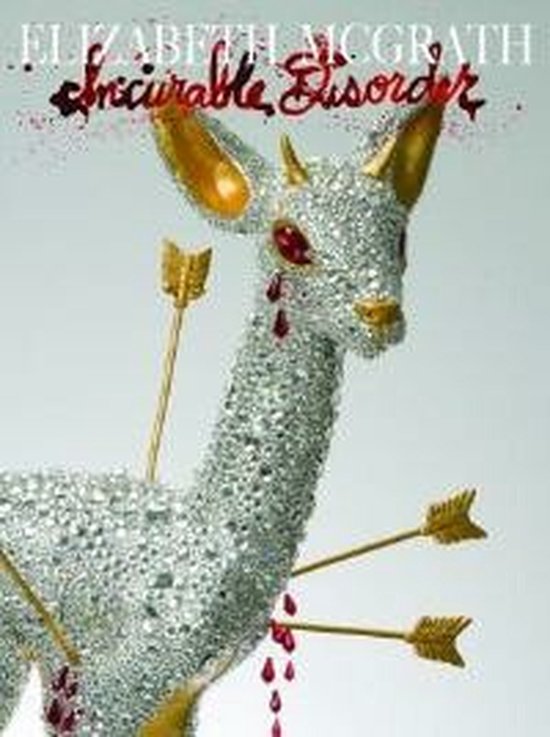
Uncanny Bodies
Presents an argument that the coming of sound inspired more in the massively influential horror movies than screams, creaking doors, and howling wolves. This book makes a case for understanding film viewing as a force that can powerfully shape both the minutest aspects of individual films and the broadest sweep of film production trends.
“Through meticulous historical research, Spadoni in Uncanny Bodies provides a fine understanding of the aesthetic and cultural context in which the original Universal film version of Dracula appeared. Through analyses of films that came before and after, he successfully restores Dracula's strangeness for a contemporary audience, a strangeness that reflects the rapidly evolving conventions of the early sound film. A significant contribution to reception studies, Uncanny Bodies makes us see why Dracula, while holding little terror for subsequent audiences, is nevertheless both a foundational work for the horror film, and also, paradoxically, an anomaly, one effectively overshadowed by Frankenstein.”—William Paul, author of Laughing Screaming: Modern Hollywood Horror and Comedy
" Uncanny Bodies is a pleasure to read. I know of no other work that has looked as closely at early sound and horror films to make a persuasive argument about horror's relation to the beginnings of sound film. Given the voluminous literature on Universal horror films, Spadoni presents some very original ideas and frames his inquiry in an interesting way."—Jan-Christopher Horak, editor of Lovers of Cinema: The First American Film Avant-Garde, 1919-1945
In 1931 Universal Pictures released "Dracula" and "Frankenstein", two films that inaugurated the horror genre in Hollywood cinema. These films appeared directly on the heels of Hollywood's transition to sound film. "Uncanny Bodies" argues that the coming of sound inspired more in these massively influential horror movies than screams, creaking doors, and howling wolves. A close examination of the historical reception of films of the transition period reveals that sound films could seem to their earliest viewers unreal and ghostly. By comparing this audience impression to the first sound horror films, Robert Spadoni makes a case for understanding film viewing as a force that can powerfully shape both the minutest aspects of individual films and the broadest sweep of film production trends, and for seeing aftereffects of the temporary weirdness of sound film deeply etched in the basic character of one of our most enduring film genres.
“Through meticulous historical research, Spadoni in Uncanny Bodies provides a fine understanding of the aesthetic and cultural context in which the original Universal film version of Dracula appeared. Through analyses of films that came before and after, he successfully restores Dracula's strangeness for a contemporary audience, a strangeness that reflects the rapidly evolving conventions of the early sound film. A significant contribution to reception studies, Uncanny Bodies makes us see why Dracula, while holding little terror for subsequent audiences, is nevertheless both a foundational work for the horror film, and also, paradoxically, an anomaly, one effectively overshadowed by Frankenstein.”—William Paul, author of Laughing Screaming: Modern Hollywood Horror and Comedy
" Uncanny Bodies is a pleasure to read. I know of no other work that has looked as closely at early sound and horror films to make a persuasive argument about horror's relation to the beginnings of sound film. Given the voluminous literature on Universal horror films, Spadoni presents some very original ideas and frames his inquiry in an interesting way."—Jan-Christopher Horak, editor of Lovers of Cinema: The First American Film Avant-Garde, 1919-1945
In 1931 Universal Pictures released "Dracula" and "Frankenstein", two films that inaugurated the horror genre in Hollywood cinema. These films appeared directly on the heels of Hollywood's transition to sound film. "Uncanny Bodies" argues that the coming of sound inspired more in these massively influential horror movies than screams, creaking doors, and howling wolves. A close examination of the historical reception of films of the transition period reveals that sound films could seem to their earliest viewers unreal and ghostly. By comparing this audience impression to the first sound horror films, Robert Spadoni makes a case for understanding film viewing as a force that can powerfully shape both the minutest aspects of individual films and the broadest sweep of film production trends, and for seeing aftereffects of the temporary weirdness of sound film deeply etched in the basic character of one of our most enduring film genres.
| Auteur | | Spadoni, Robert |
| Taal | | Engels |
| Type | | Paperback |
| Categorie | | Mens & Maatschappij |




